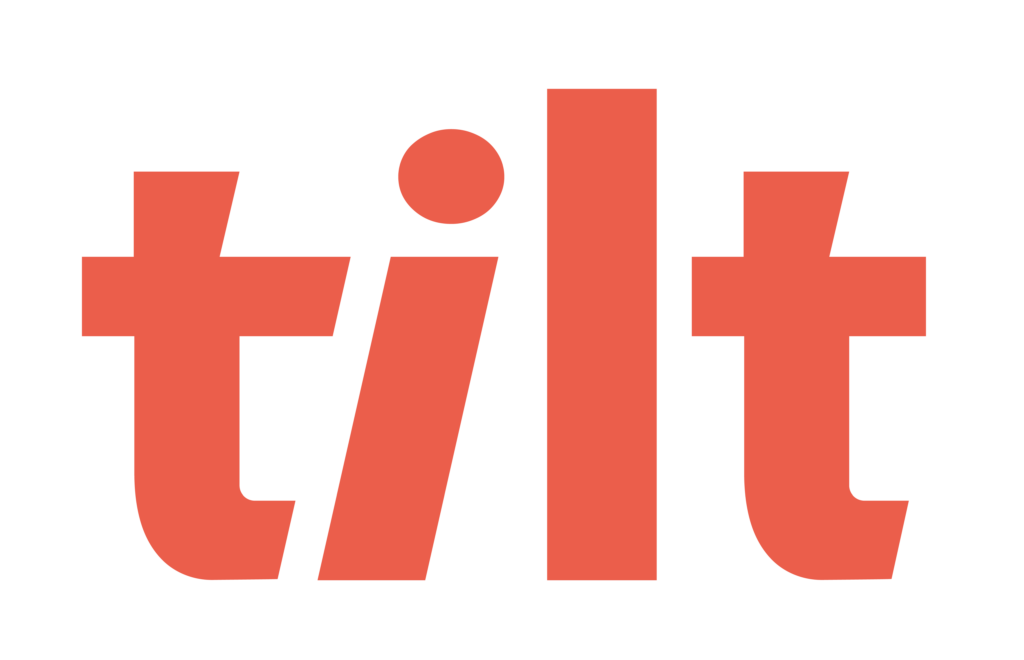It was tempting to make this the shortest blog in history by answering the title with a succinct “Probably right about now” and saving everyone’s time. But we understand that every organization is unique and that this isn’t always an easy question to answer, so what factors should you consider when determining if it’s time to kick your current process to the curb?
A good place to start is to start asking some tough questions about how your current process is, or perhaps more than likely, isn’t serving you and your organization’s needs.
Is Your Current Leave Tracking Process Exposing You To Unnecessary Risk?
There’s a time and a place for risk-taking, but much like gas station sushi and inebriated tattoo decisions, leave-of-absence tracking isn’t something that should be approached casually. If your current eave tracking process isn’t automated or involves pulling information from disparate systems that then require you to manually piece them together, then there’s a good chance you’re exposing your organization to compliance risk, or at the very least playing with fire.
We’re only human (until AI replaces us all), and humans make mistakes. From updating leave start and stop dates to verifying pay calculation accuracy to monitoring FMLA hour usage, there are countless opportunities for a manual tracking process to go sideways. If you’re currently using a spreadsheet to track your leaves, there’s a good chance that manual updates cause quite a bit of heartburn (and worry) in your workflow today.
If accuracy isn’t enough, it’s imperative that your processes also involve the safe and secure storage of your data and any pertinent files/documents that pertain to any individual leave. Non-secure file storage or data breaches are more likely to occur if you’re using shared drives and email-able spreadsheets.
Is Your Current Leave Process Not Getting the Job Done?
It might seem reductive to put it like this, but if your process isn’t working for you as it should it’s probably time for a new process. Maybe you’re currently using a poorly functioning 3rd-party solution to do your leave management dirty work, or like most People Ops pros today, you’re relying on spreadsheets to track your employees from A to B throughout the leave journey.
No matter the system you have in place currently, if it’s not efficiently and effectively tracking your leaves of absence you’re putting yourself and your team in a position to be unsuccessful. And with leave of absence management, being unsuccessful is not only a royal pain in the (peach emoji) for People Ops pros, but it also means your employees aren’t getting the support they need when they need it most.
Why Getting Leave Tracking Right Is More Important Than Ever
In the ever-evolving landscape of workplace dynamics, mastering leave tracking has become an indispensable function for People Ops pros. As organizations increasingly prioritize employee well-being and work-life balance, the accuracy and efficiency of your leave-tracking systems and processes have gained unprecedented significance.
Whether it’s parental leave or a mental health leave, accurate tracking ensures that your employees receive the time off they are entitled to, fostering a positive workplace culture and reducing burnout.
Your leave management and tracking processes can have a profound effect on your employee experience, impacting everything from turnover rates to day-to-day workforce planning. We’re operating in a world where employees expect more from an organization than a competitive salary, they want to know you’re going to look out for them when they need it most.
This will come as a shock to absolutely nobody, but compliance risks are under the watchful eye of leadership more than ever before, and errors in leave tracking can lead to legal ramifications and financial liabilities for organizations. Staying abreast of changing labor laws and industry regulations is essential to mitigate risks and maintain organizational integrity as you track your leaves.
Additionally, as remote and flexible work arrangements become increasingly prevalent, the challenges of managing dispersed teams necessitate robust leave-tracking systems. Clear communication and transparency regarding leave policies are essential to prevent misunderstandings and ensure smooth operations across diverse work environments.
Getting leave tracking right is not merely an administrative task but a strategic imperative for People Ops teams. It underpins employee engagement, legal compliance, and organizational resilience in the face of evolving work paradigms, making it a cornerstone of effective people management in the contemporary workplace.
You’re Ready For A Better Leave Tracking Process…Now What?
Let’s say in a hypothetical world you’ve been swayed by the reasons above to ditch your spreadsheets and siloed systems for a better way to track your leaves. Now what do you do? When vetting dedicated leave management systems you’re going to want to make sure of a few things:
Make sure the solution is both easy & effective: A leave-tracking solution that is easy but doesn’t check all the boxes it needs to in order to support you and your organization doesn’t really solve the problem at hand. Make sure it does the job it promises to do.
Find a scalable solution: As your company grows, so too will your leave requests. Look for a solution that can grow as you do.
A solution that provides compliance confidence: Not all dedicated leave management systems are created equal when it comes to compliance. For example, some may want to file forms on your employees’ behalf. While that may seem like a time-saver, the compliance risks associated with that are numerous and also rely on humans outside of your organization to file on behalf of someone within your organization.
This means less oversight for both the employee and HR on whether or not files are being filed accurately and on time. It’s also a scalability concern. We detail some of these risks here.
A tech solution to a human need: Relying on a dedicated solution to manage and track your leaves affords you and your team holistic visibility into the process. From eligibility determination to payroll accuracy, there are many facets to a single leave of absence that need to be tracked meticulously, and the tech shouldn’t supplant the fact that you, your team, and the employee on leave are humans who all need support through this complicated process.
About Tilt
Tilt is leading the charge in all things leave of absence management through easy-to-use tech and human touch. Since 2017, our proprietary platform and Empathy Warriors have been helping customers make leave not suck by eliminating administrative burdens, keeping companies compliant, and providing a truly positive and supportive leave of absence experience for their people.







